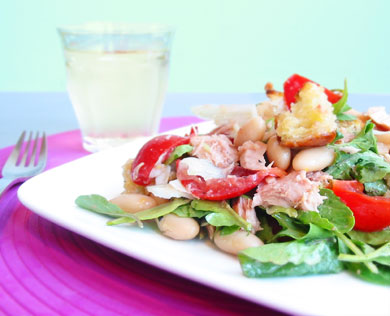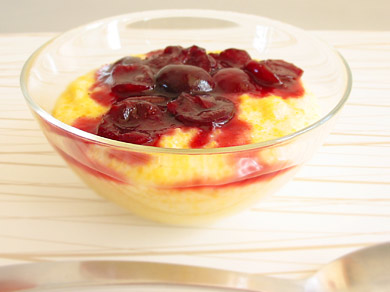 I must admit, I am not the hugest fan of the 30-minute meal, at least not for dinner anyway. Maybe it is simply that I am at a different place in my life. One where time is not of the essence, but I actually enjoy the time that I spend in the kitchen, chopping, roasting, preparing. But there are times when I do get dinner on the table in a speedy fashion, and I must say that when I do, I feel as if I have won a race. And the prize for my accomplishment? A delicious and satisfying meal.
I must admit, I am not the hugest fan of the 30-minute meal, at least not for dinner anyway. Maybe it is simply that I am at a different place in my life. One where time is not of the essence, but I actually enjoy the time that I spend in the kitchen, chopping, roasting, preparing. But there are times when I do get dinner on the table in a speedy fashion, and I must say that when I do, I feel as if I have won a race. And the prize for my accomplishment? A delicious and satisfying meal.
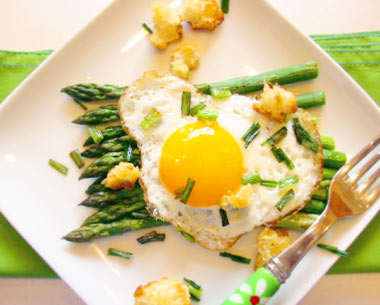 An assemblage of all things tasty and bright, I like to call this dish deconstructed asparagus and hollandaise. Hollandaise can be a bit much; wobbly and heavy, it reminds me a bit of that dreaded (to me) condiment– mayonnaise. But an egg, fried crisply in olive oil, sunny side up, yolk waiting to be punctured and swiftly oozing around a plate of roasted asparagus, now that is gastronomic heaven. The asparagus, tossed in olive oil, and seasoned with salt and pepper, is quickly roasted in a hot oven. Bright and shimmery, I line the asparagus up like soldiers and slide the egg on top.
An assemblage of all things tasty and bright, I like to call this dish deconstructed asparagus and hollandaise. Hollandaise can be a bit much; wobbly and heavy, it reminds me a bit of that dreaded (to me) condiment– mayonnaise. But an egg, fried crisply in olive oil, sunny side up, yolk waiting to be punctured and swiftly oozing around a plate of roasted asparagus, now that is gastronomic heaven. The asparagus, tossed in olive oil, and seasoned with salt and pepper, is quickly roasted in a hot oven. Bright and shimmery, I line the asparagus up like soldiers and slide the egg on top.
The egg begins to casually droop, languishing over the spears. I quickly sauteed some garlic chives for some interest, and a depth of flavor, and sprinkled the saute over the egg and asparagus. For the final addition, I baked some crisp-soft, freshly made croutons, torn helter-skelter from a sourdough baguette. A final sprinkling of salt and pepper, and that’s it. Supper is prepared, and awaits hungry mouths.
A little bit of everything all rolled into one. Some bread to soak up the yolk, some egg white, perfectly cooked, to eat with the asparagus spears, and me, a happy diner. So yes, the meal was prepared in 30-minutes (even less, I think!). But give this meal a shot, and you will see, time is not truly the point.


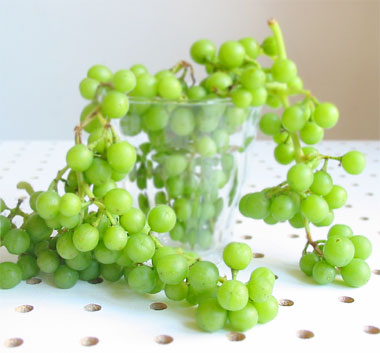
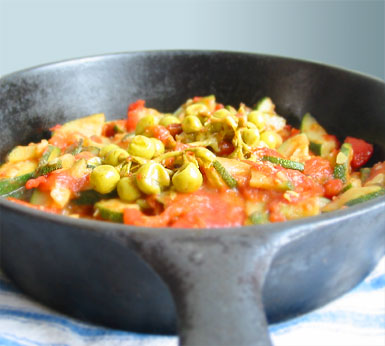

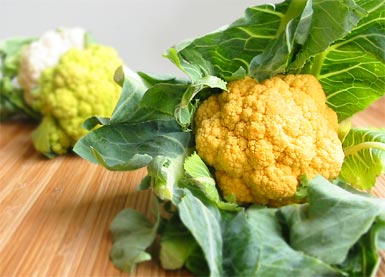
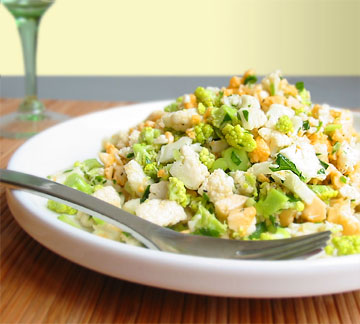
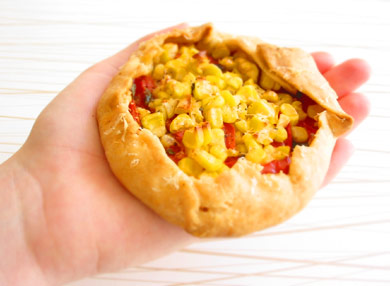
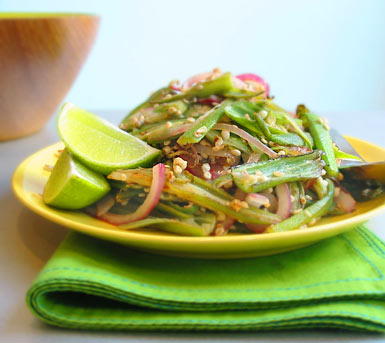
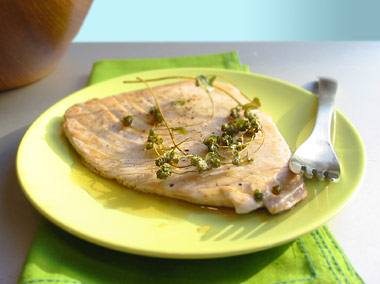
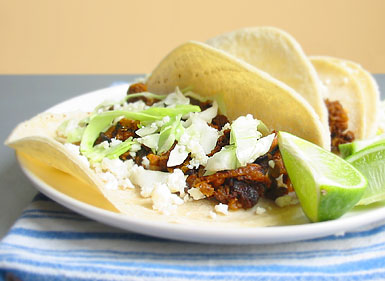
 How much do I love imported, canned tuna in olive oil? I will tell you, it’s a lot. No single, other food that I can think of brings a meal to glowing, bourgie status with just a can opener and a little bit of creativity. But what do you do when confronted with the aforementioned can, a basket of new spring groceries, and a baguette that has seen its better days? Make a panzanella, or a nicoise, no– a panzanella. Well which ever it was, it was delicious.
How much do I love imported, canned tuna in olive oil? I will tell you, it’s a lot. No single, other food that I can think of brings a meal to glowing, bourgie status with just a can opener and a little bit of creativity. But what do you do when confronted with the aforementioned can, a basket of new spring groceries, and a baguette that has seen its better days? Make a panzanella, or a nicoise, no– a panzanella. Well which ever it was, it was delicious.
